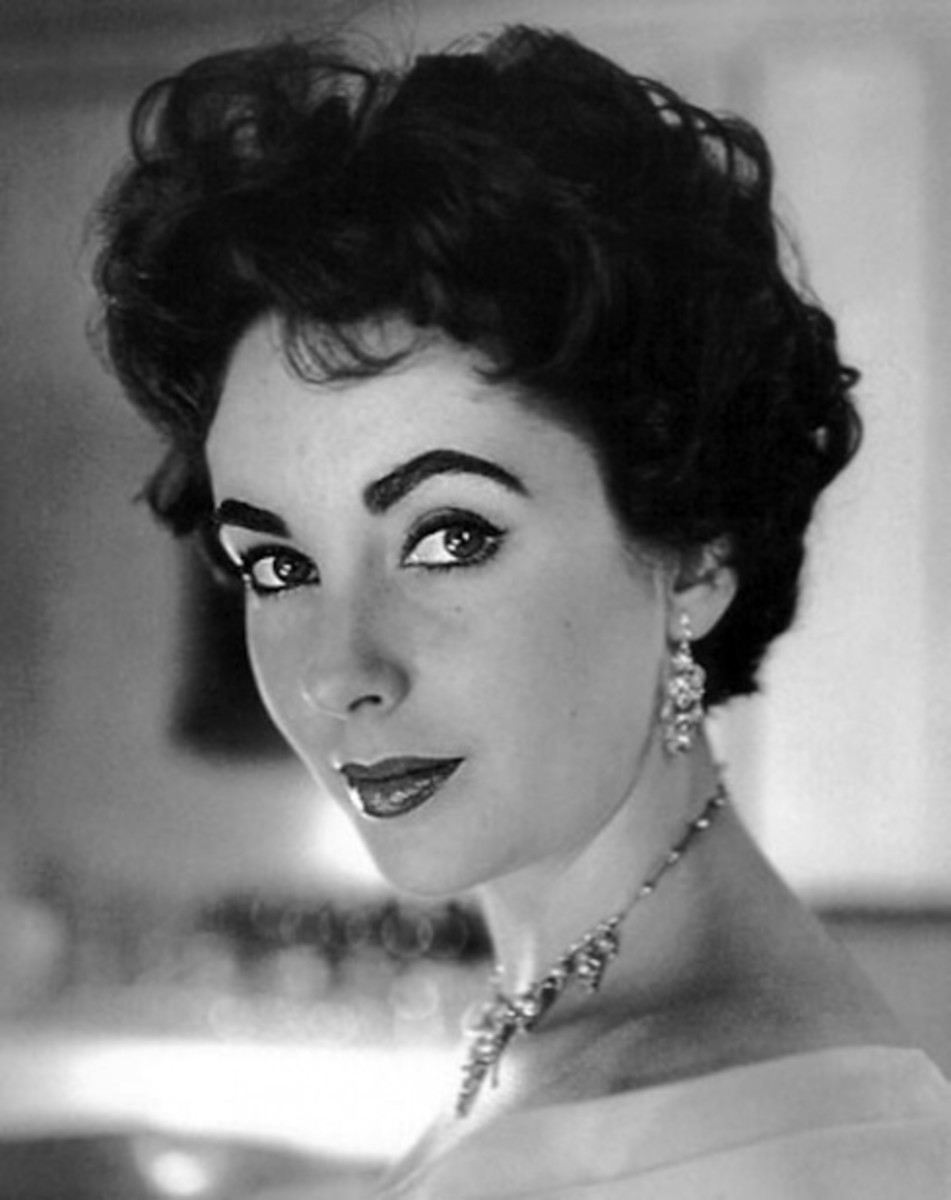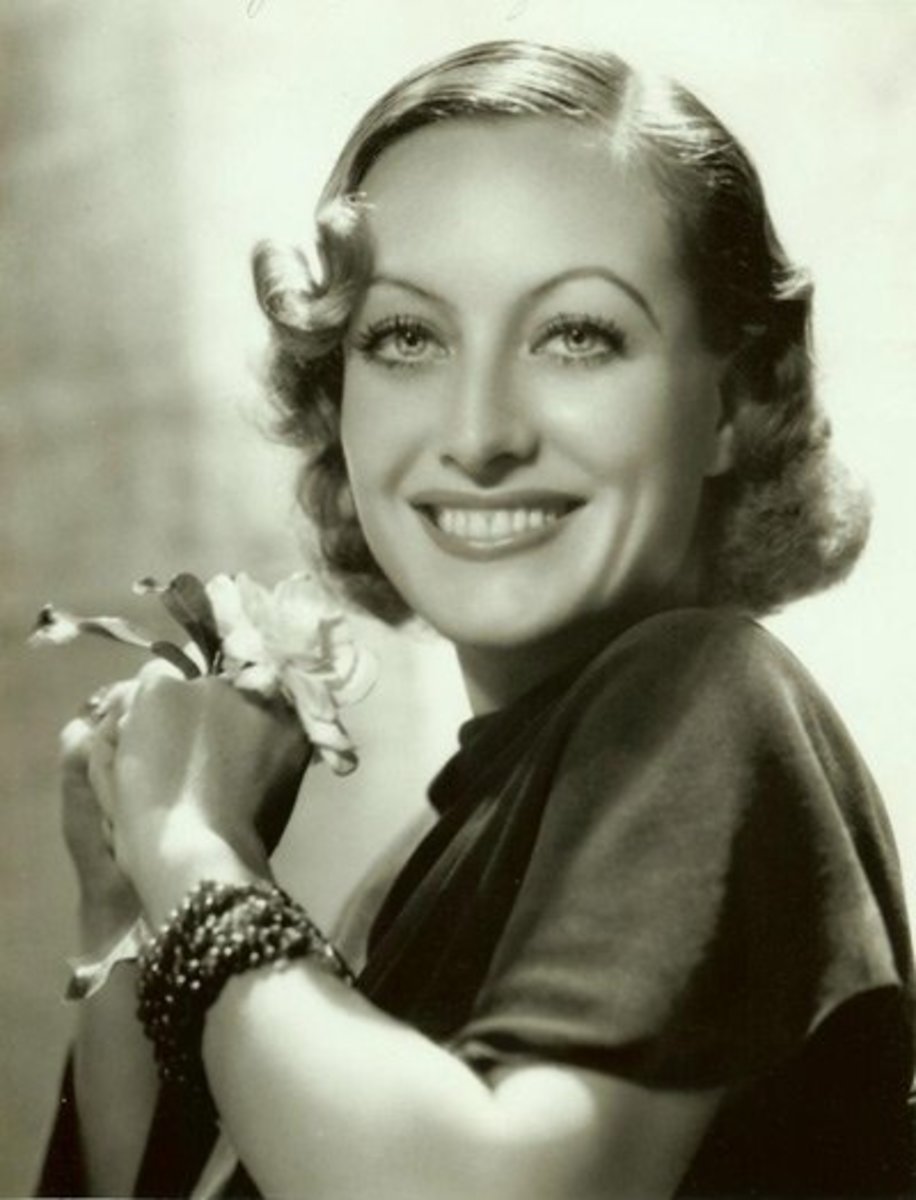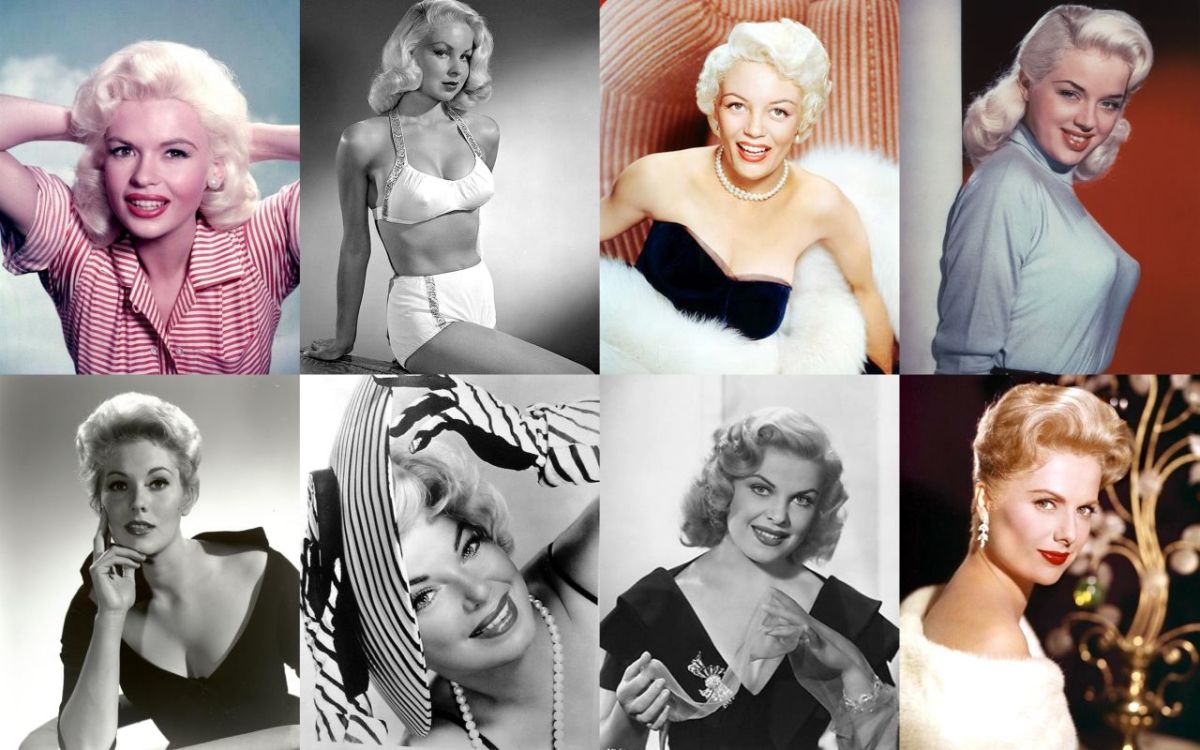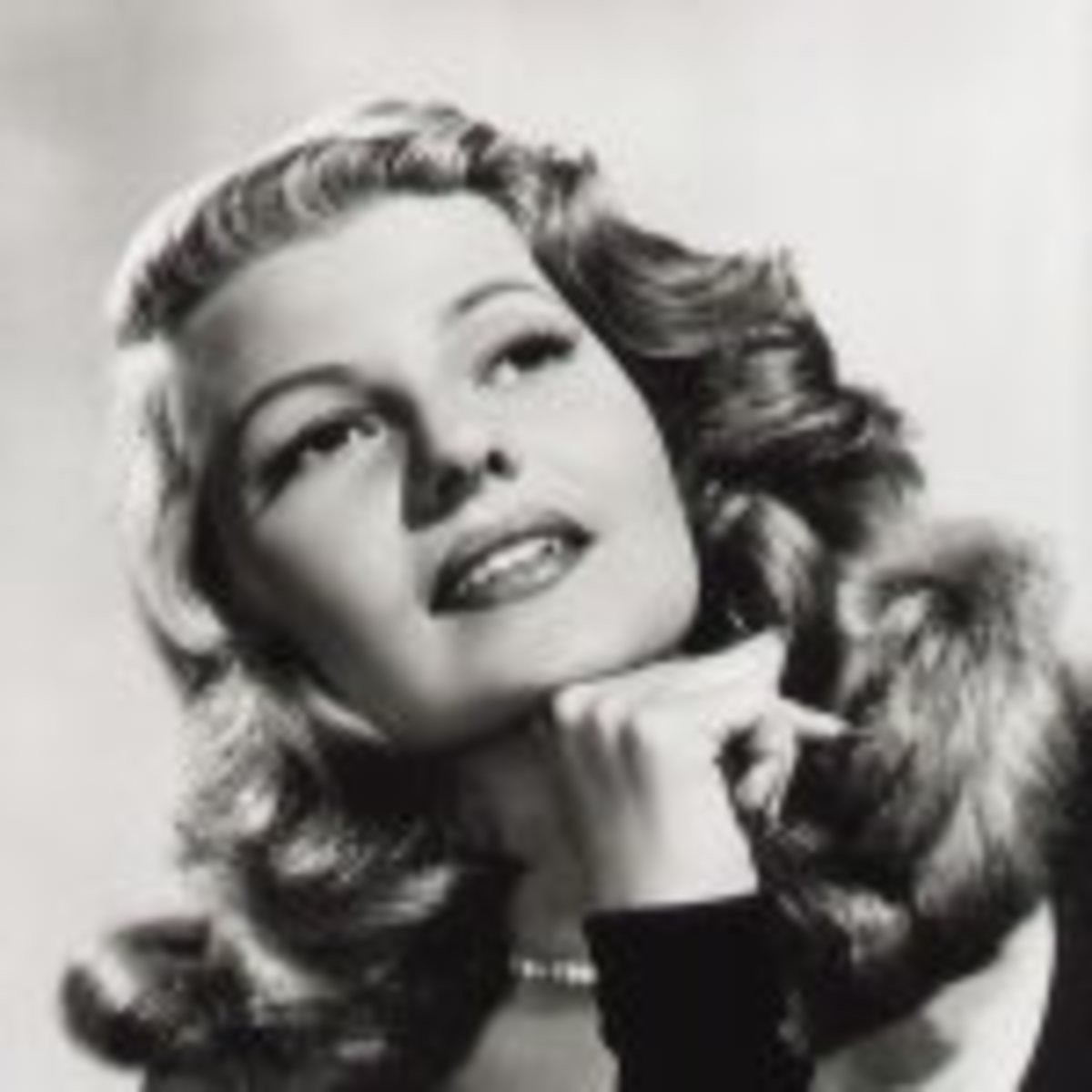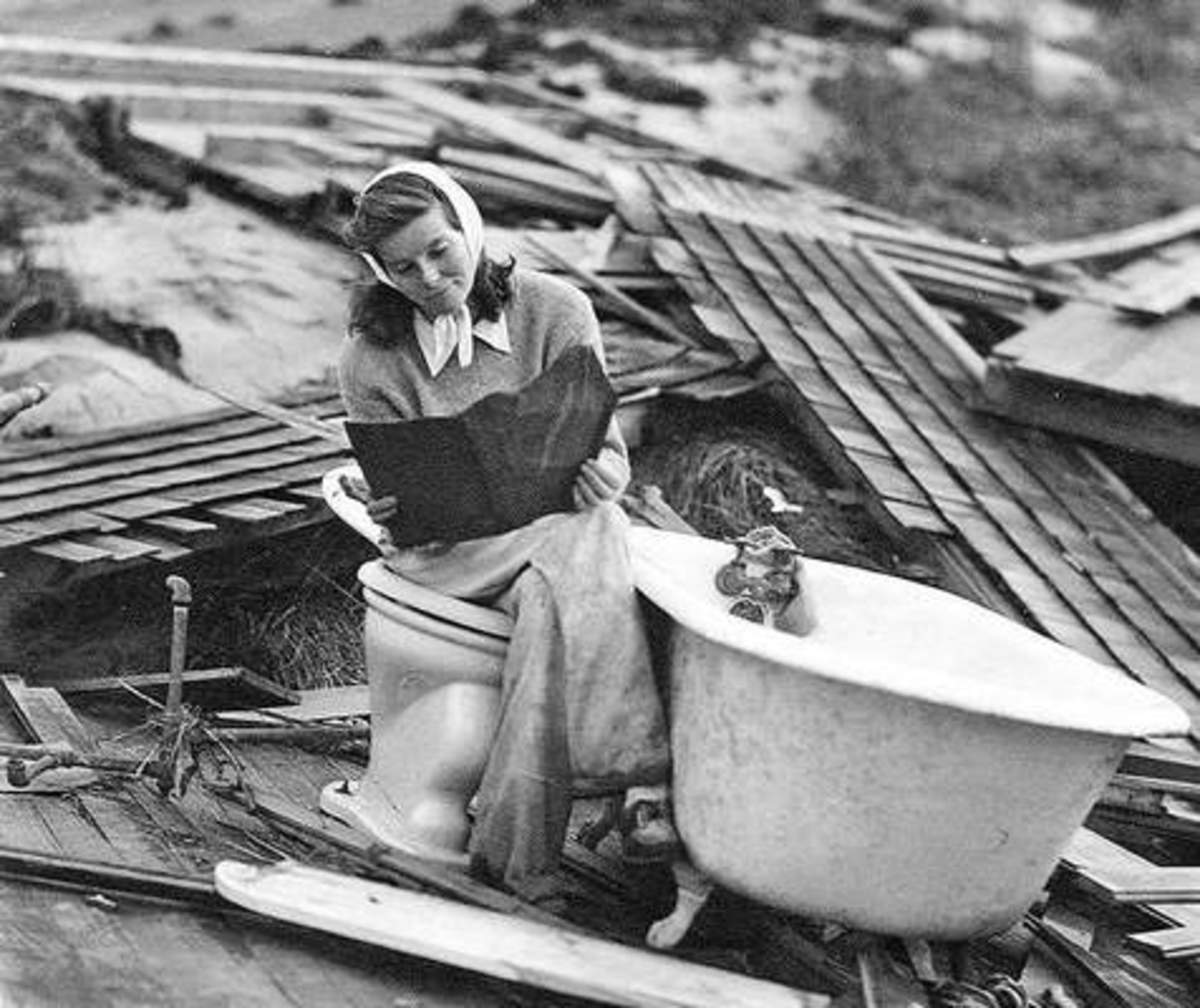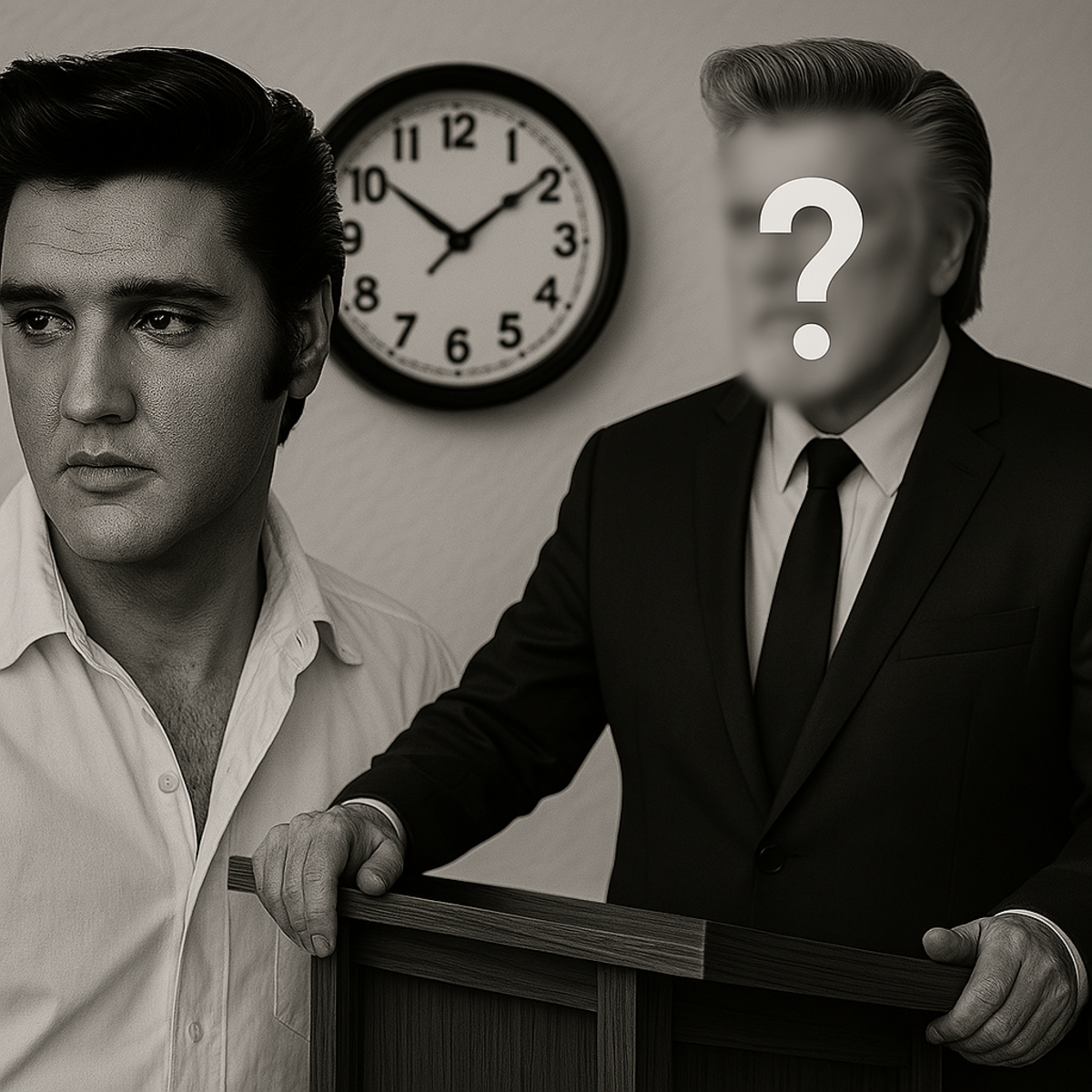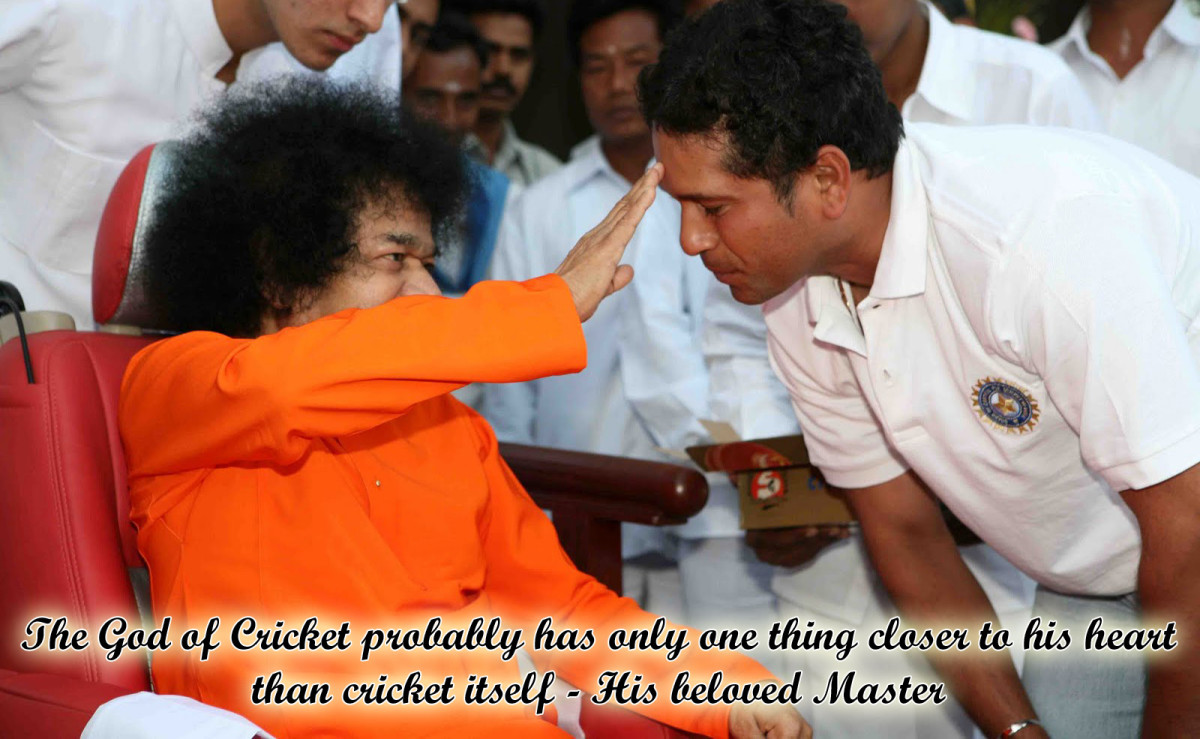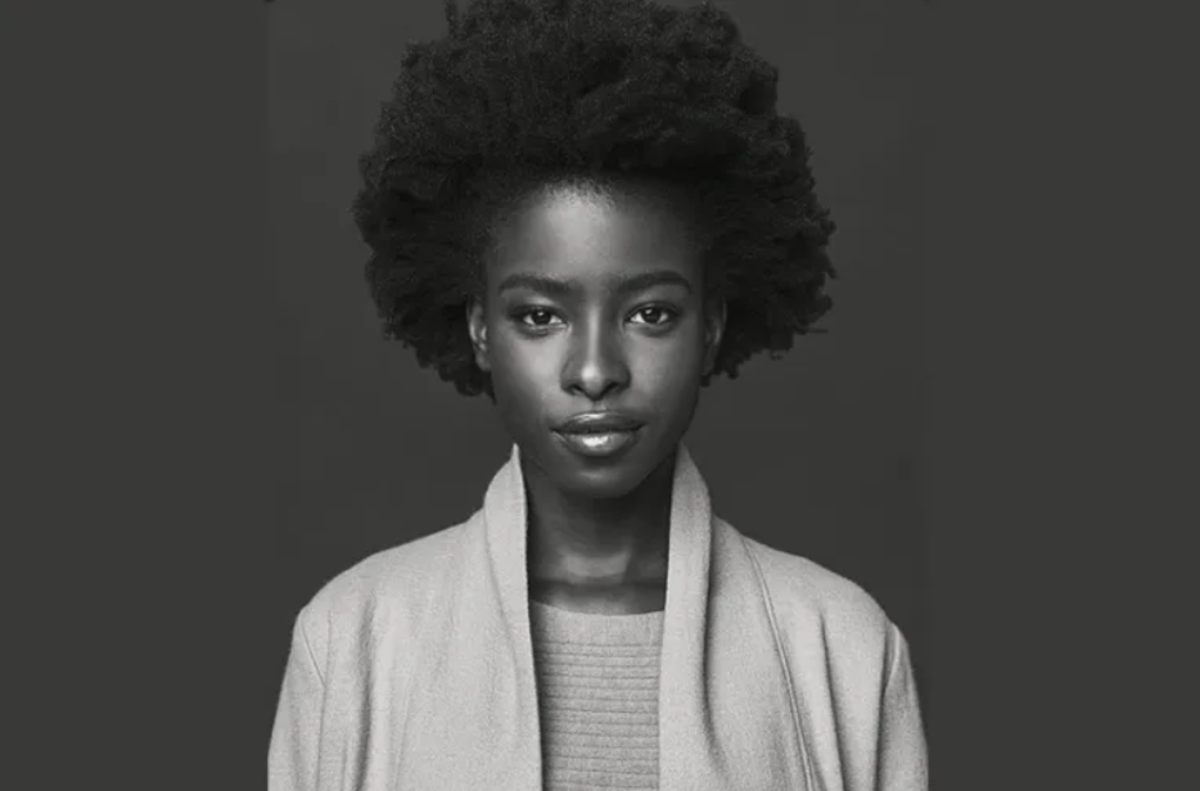Oh! Those Eyes!
The Incomparable Bette Davis
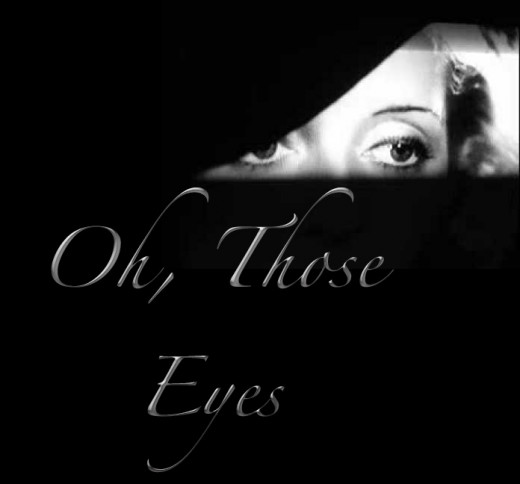
"To look back is to relax one's vigil."
~ Bette Davis
Who among us has not been mesmerized by those eyes?
Whether fans for or detractors from this amazing actor, we must admit that she left her mark on The Movies and many, many aspects of the 20th Century itself!
How many a young girl didn't see her smoking in every movie and think that must be a requirement for fame, success - even for everyday life' satisfaction? Thus was the powerful influence of the "MOVIE STARS" -- the icons of those early years of the movie industry.
Bette Davis rose to the pinnacle of that genre, where she reigned from 1932 till her death in 1989.
She arrived in Hollywood for a screen test in 1930. She'd done a little Broadway and Hollywood was transitioning from Silent to Talkies. It was frantically searching for actors with compelling voices. She had few other attributes to recommend her, - except those haunting eyes! She didn't look at all like other Hollywood glamour girls. She quickly earned the nickname, "Little Brown Wren".
In her own words, describing the screen test, her self portrait was "I was the most Yankee-est, most modest virgin who ever walked the earth."
When the screen test required 15 different men to mount and kiss her passionately, she said "I just thought I would die! - I would just die!"
Not surprisingly, it was her eyes that got her her first part as "The Bad Sister" - in which she was anything but sexy. She gravitated to 'unsympathetic' roles, those no glamour girl would touch. After 6 dismal films, a break came with the female role in "The Man Who Played God."
Suddenly she was considered beautiful and charming. But in one of her great films, "Of Human Bondage", she insisted that when her character was dying of "consumption, poverty and neglect" - that she had to look just as that description suggests - horrid. The role was to be heralded as one of the best performances by an actress ever recorded on U.S. screens.

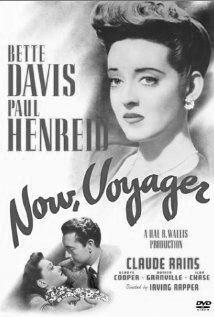
Bette Davis ~ Don't Let's Ask For The Moon(Now Voyager 1942)
Bette Davis and Paul Henreid in one of the great romantic films of all time; the clip above - an especially tender moment; the movie's theme music playing softly in the background; the inevitable double-cigarette-lighting ritual.
This has become one of my all time favourite classic films. Click the link to view the full scene. It is on par with "Casablanca", though its setting is quite different.
The Storyline of the film:
Charlotte Vale suffers under domination of her Boston matron mother until Dr. Jaquith gets her to visit his sanitarium where she is transformed from frump to elegant, independent lady. When she goes off on a South American cruise she falls in love with Jerry, already married.
Back home she confronts her mother who dies of a heart attack. Charlotte, guilt-ridden, returns to the sanitarium where she finds Jerry's depressed daughter Tina. Tina achieves happiness through her attachment to Charlotte and the two move back to Boston. When Jerry sees how happy his daughter is, he leaves her with Charlotte. What about marriage for Charlotte and Jerry? "Don't ask for the moon when we have the stars." Written by Ed Stephan <stephan@cc.wwu.edu>
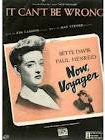
The movie came out when I was 10, surely too young for it, but my sister, Ruth, was grown and she loved it.
She had the sheet music of the song from it, "It Can't Be Wrong", and stored it in my piano bench. I always played her sheet music, so I played this song on the piano and loved the way it sounded. (I just searched for it here, because I knew that, among others, I still had it!) I wonder how much 'bad' influence the words to that song had on my impressionable mind!

Bette
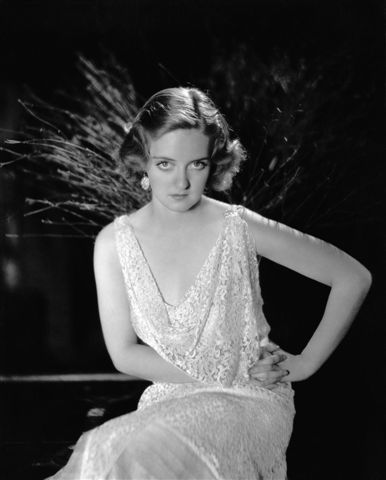
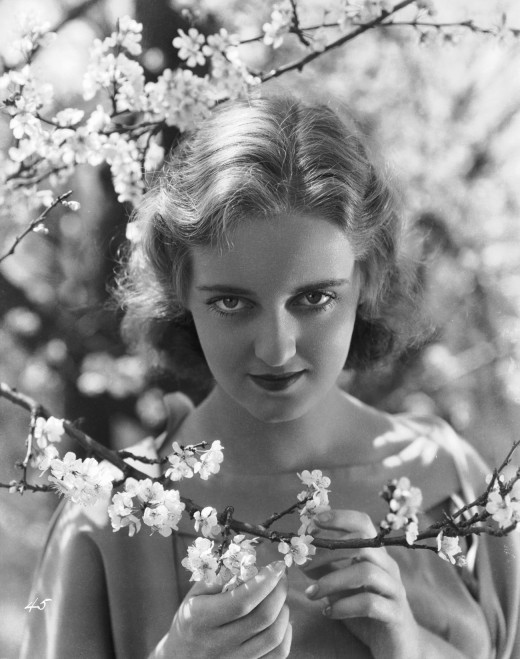
So, from whence did this phenome arise, you ask?
Born in Lowell, Massachusetts on April 5, 1908 to Ruth and Harlow Davis. Harlow plainly disliked children, especially little Ruth Elizabeth Davis, always called Betty.
On the other hand, her mother doted on her. Out of this contrary mix of rejection and overindulgence came a contradictory personality with racing egocentricity on one hand, cowering insecurity on the other. When her father left the family in dire straits when she was 10, their mother managed to send her two girls to boarding school.
After graduating Cushing Academy, Bette enrolled in John Murray Anderson's Dramatic School; and in 1929, she debuted in "Broken Dishes" on Broadway, followed by a role in "Solid South", putting her in the right place at the right time for Hollywood's search for vocally-adept actors! She was on her way to Hollywood in 1930 - a poor little ugly duckling with amazing eyes and a distinctive speaking voice!
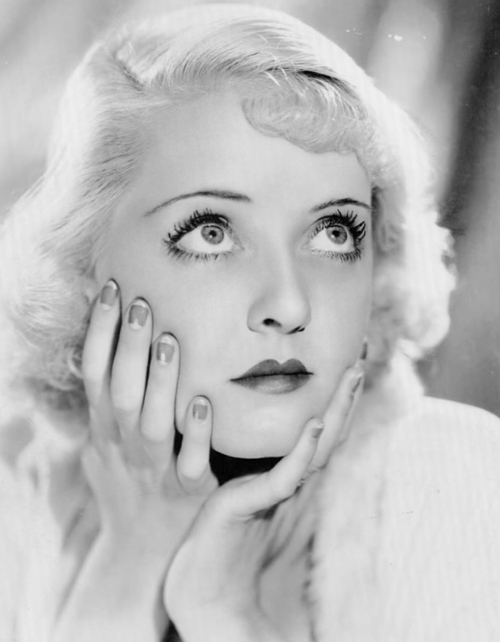
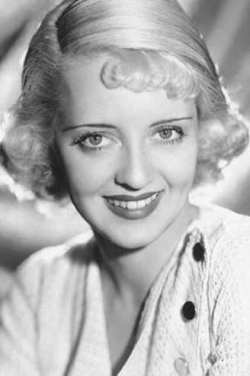
Bette Davis was a confrontational figure. She was married 4 times, widowed once. She had more than 100 outstanding roles in her career; many were remembered for their ruthlessness, their fierce strength, and their raw honesty.
Her demeanor, her voice, the turn of her mouth - all suggest a personage, a woman to be respected. Yet she was a tiny little woman, delicate as a flower.
It was the authenticity which she always favored over glamour which gave her 'edge'. She was alway willing to play characters much older than herself, so her transition into work as an older actor was smooth. She played negative emotions with gusto and played a person of substance with the substance of which she was made.
___Nellieanna
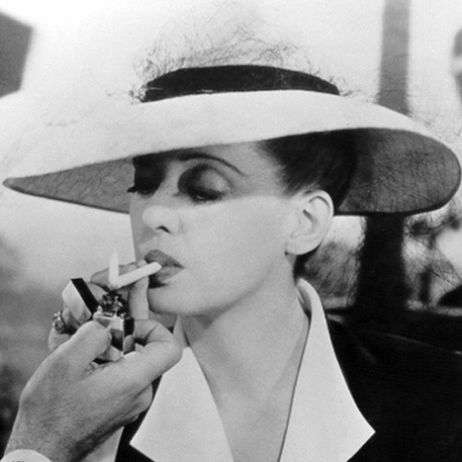
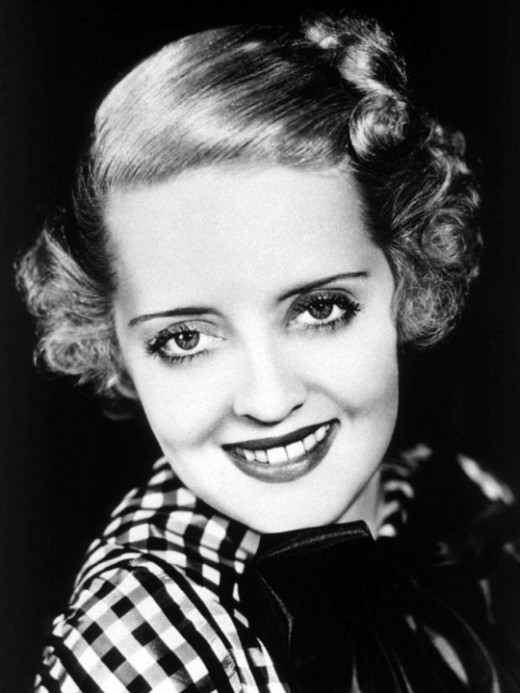

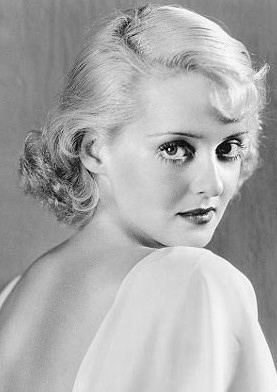
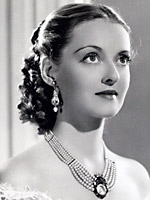
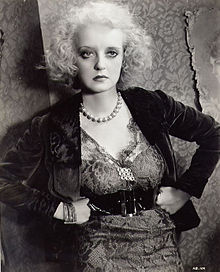
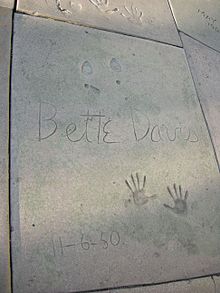
Grauman's
Chinese
Theater
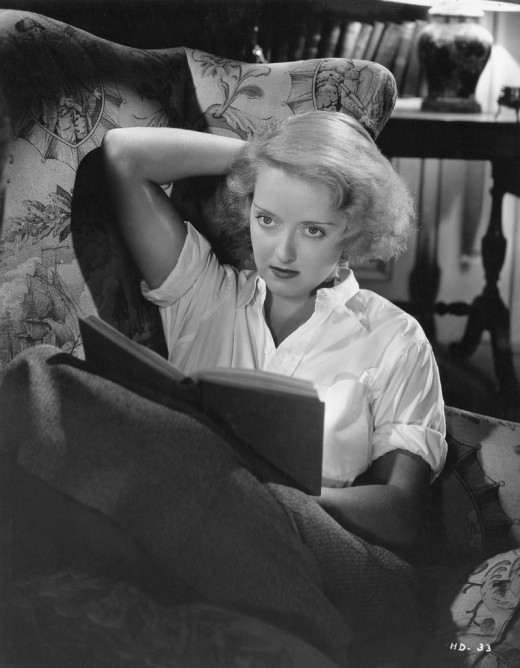
Dangerous Bette Davis?


